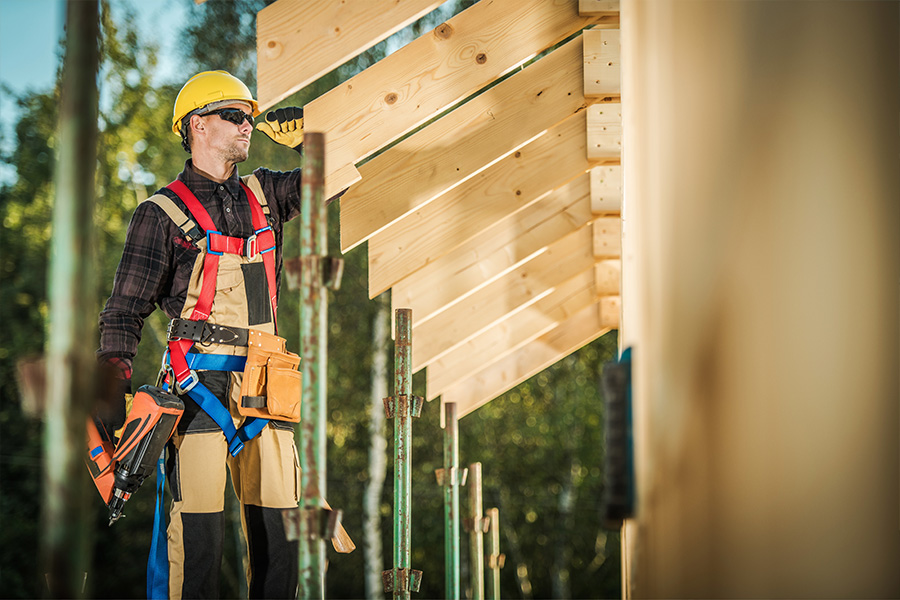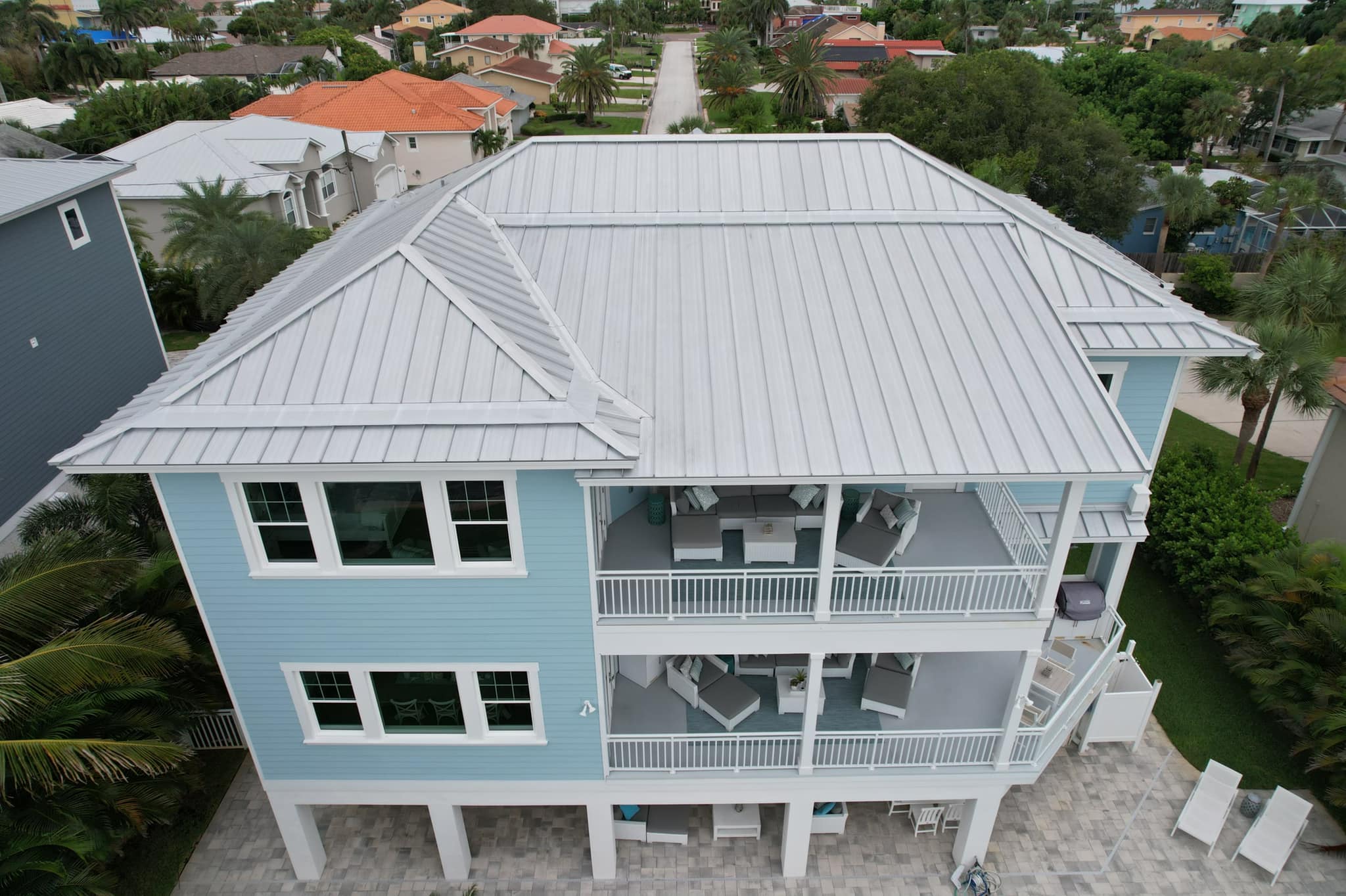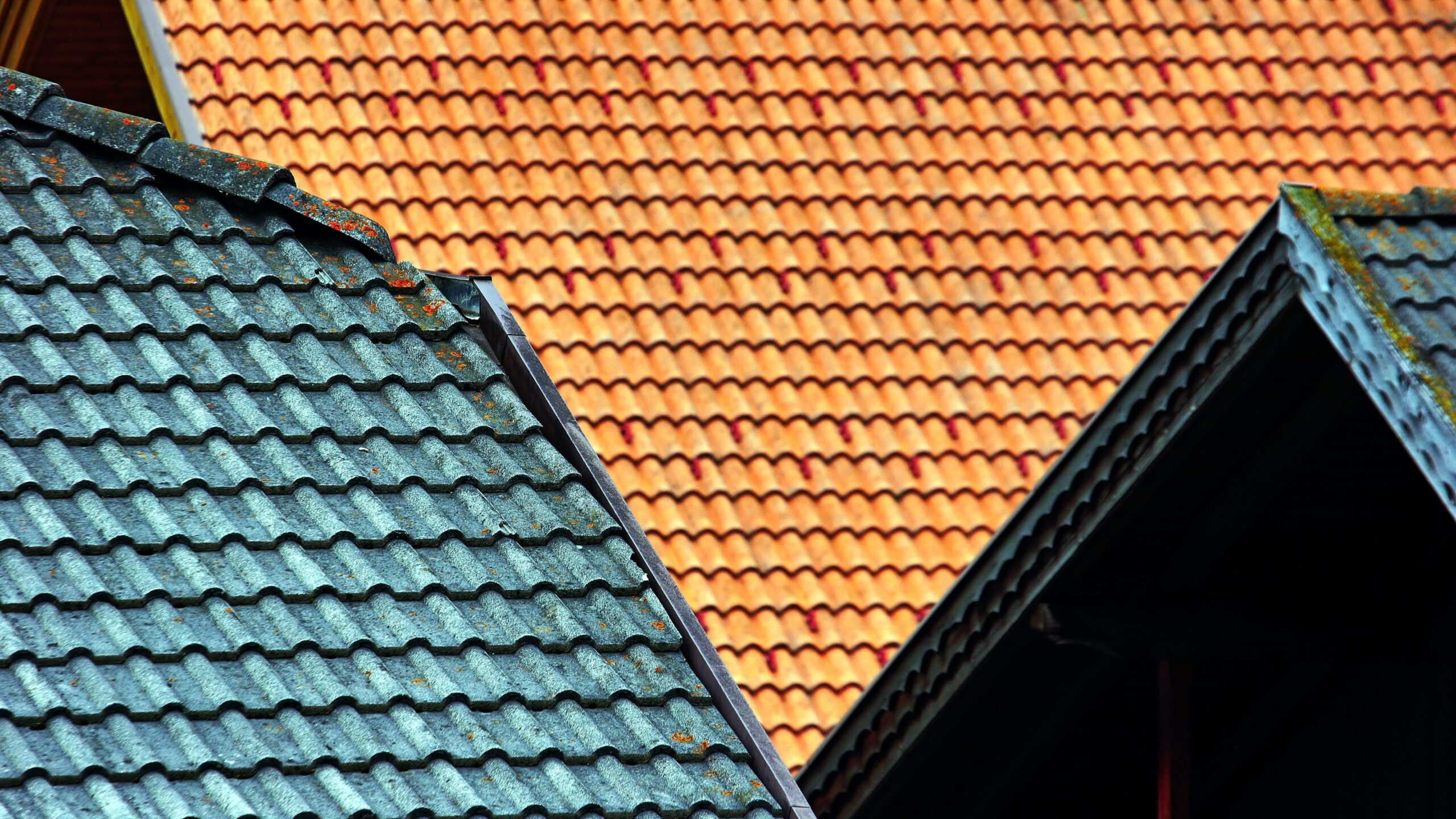Our Blog
Your one-stop blog for all the roofing information you’ll need.
3 Summertime Roof Dangers
Florida is the fifth rainiest state in the country based on average year-round rainfall and receives more rain during the summer months than any other state in the nation. These facts make it important for all Florida homeowners to ensure they have good home gutter systems that protect their homes from the damage that rainwater can cause.
A well-functioning home gutter system protects your roof, foundation, and exterior walls from rainwater damage. When your gutters do not work properly, standing water can collect on your roof and eventually seep underneath your roofing materials and into your home. In addition, rainwater not directed away from your foundation can seep into foundation cracks and flood your basement.
Your home gutters also protect the exterior walls of your home from water damage in the form of mold or mildew, wood rot, and peeling paint. Unfortunately, gutter problems can prevent the gutters from protecting your home.
Read on to learn about three common home gutter problems and their solutions.
1. Gutters Overflow During Heavy Rain
If you occasionally glance outside of your home windows during heavy rain and notice that your gutters are overflowing with water, then that is a sign of a gutter problem. When gutters overflow, they do not properly direct all rainwater away from your home as they should.
When gutters are overflowing, first check to ensure they are not filled with debris. This debris can create a clog or reduce gutter capacity greatly, which can both be causes of gutter overflow. If cleaning debris out of your gutters does not fix your overflow problem, then the problem likely lies in your gutter design.
Some gutter systems do not have enough downspouts. Downspouts are the vertical tubes that direct water from your gutters to the ground. When a home lacks an adequate number of downspouts, gutters can overflow due to water backup problems. This water backup problem can be solved by having a gutter installation expert add few more downspouts to your gutter system.
Some gutters overflow when they are simply too small to collect all rainwater that flows down your roof and into them without overflowing. The average home gutter is about 6 inches in width, although homes in areas of the state with high rainfall density often need gutters that are wider than 6 inches. Have larger gutters installed to fix this problem
A gutter installation problem that can contribute to gutter overflow is a gutter system that is not pitched correctly or not pitched at all. Gutters near downspouts should be installed at a slight angle to encourage water to flow into downspouts instead of overflowing. A gutter expert can re-install pitched gutters to help solve this problem.
2. Sagging Gutters
If sections of your gutter system are beginning to turn outwards instead of standing upright, then that is a sign of gutter sag. Home gutters that sag cannot properly direct water away from your home’s foundation.
Gutters often sag due to simple deterioration of gutter hangers, which are the components that secure your gutters to your home fascia, over time or a lack of enough hangers to keep the gutters in place properly. However, some gutters sag when homeowners allow heavy debris to accumulate in them on a frequent basis and gutter hangers have a tough time supporting this extra weight without buckling.
If your gutters are sagging due to hanger problems, yet are still in great shape, a gutter expert can typically install new hangers to correct this problem.
3. Gutters That Clog Very Frequently
If your gutters become clogged very frequently, then you may think that this is just a problem you have to live with. The truth is that many gutter clogs can be prevented, and taking steps to prevent these clogs is typically much easier than frequently clearing these clogs.
The most common cause of frequent gutter clogs is too much accumulation of debris in gutters due to the presence of tree branches that hang over your roof. Trees shed leaves year-round, and other natural debris, such as twigs and catkins, also fall from trees and land in your gutters. If you do not want to remove the trees near your roof altogether, trim the branches that hang over your roof on a regular basis to help prevent gutter clogs.
Two additional ways to prevent gutter clogs include installing gutter guards over your existing gutters and replacing your traditional gutters with seamless gutters.
While there are many types of gutter guards on the market, many consist of mesh screens placed over gutter openings. This mesh keeps large debris from entering your gutters while allowing rainwater to flow into them.
Seamless gutters are less likely to clog than traditional sectional gutter systems because many clogs tend to develop at the seams, or joints, of a traditional gutter system. When these seams are eliminated altogether, debris can flow through gutters and downspouts more easily, preventing clogs. A properly designed, well-maintained gutter system is a vital component of every home in Florida because rainwater can easily damage a home that is not equipped with a good gutter system. If you are experiencing a home gutter problem, then contact the residential gutter experts at Acoma Roofing, Inc. for gutter repairs or new gutter installation today.


Recent Blog
What Is GAF Master Elite®…
My Safe Florida Home Program…
How to choose a roofing…
Recent Blog
What Is GAF Master Elite®…
My Safe Florida Home Program…
How to choose a roofing…
Recent Blog
What Is GAF Master Elite®…
My Safe Florida Home Program…
How to choose a roofing…
We Won’t Be Beaten On Price!
Mauris magna ultrices ex vitae ultricies enim ante a ipsum. Nunc porttitor lectus ut.




